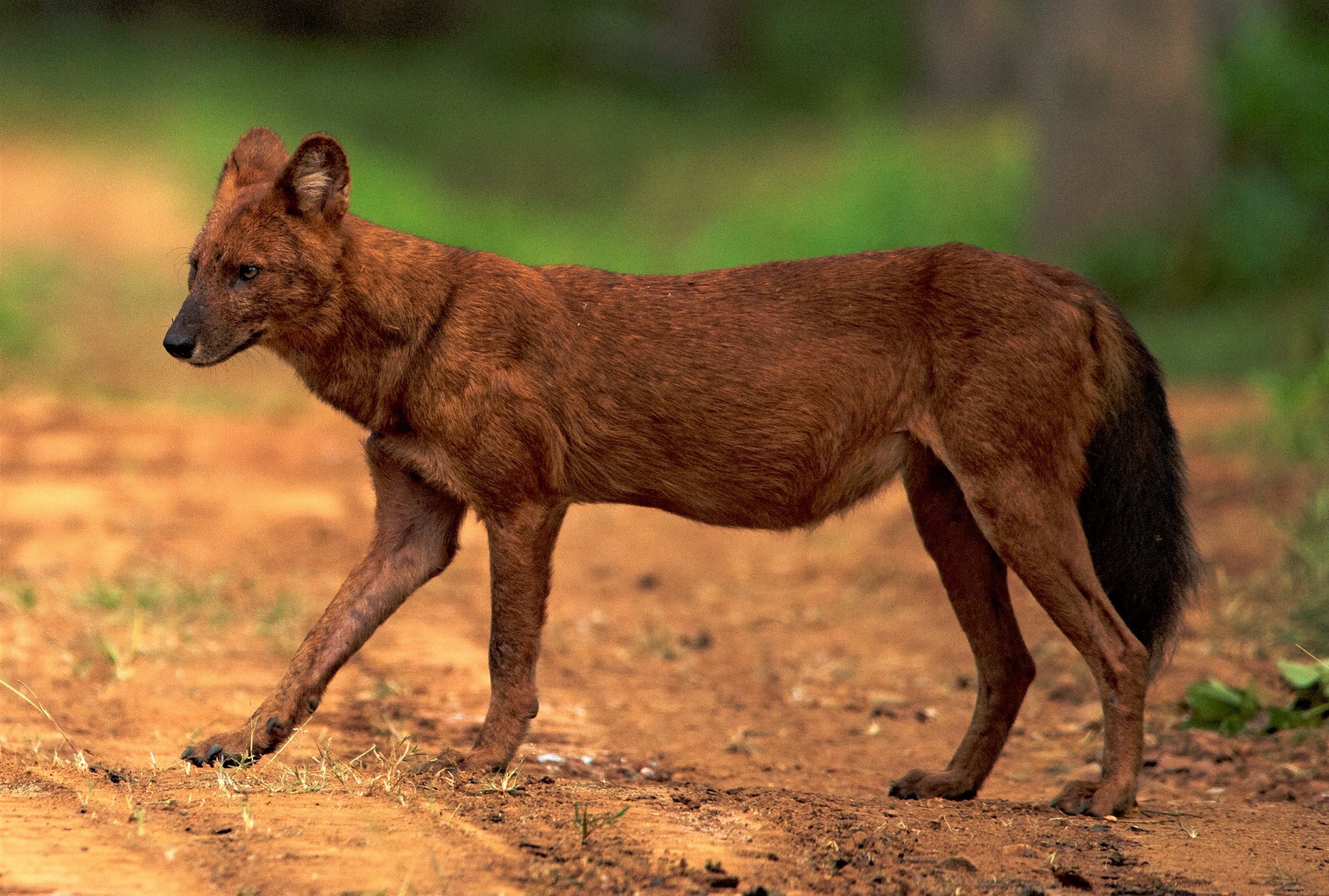Free Courses Sale ends Soon, Get It Now


Free Courses Sale ends Soon, Get It Now



Disclaimer: Copyright infringement is not intended.
Context:
Dhole (Cuon alpinus):
Source:
|
PRACTICE QUESTION Q. Consider the following statements about the Asiatic wild dog or dhole (Cuon alpinus) are correct? Select all that apply: 1) Dholes are solitary hunters. 2) They primarily inhabit forests and grasslands. 3) They are also known as Indian wild dogs. 4) Dholes are classified as endangered species by the IUCN. 5) They primarily feed on small rodents. 6) Dholes are known for their distinct vocalizations, including whistles and screams. How many of the above statements is/are correct? A)Only one B)Only two C)Only three D) More than three Answer: C Only 2,4 and 6 are correct. Explanations: ●Dholes are not solitary hunters. They are highly social animals that live in packs, typically consisting of 5 to 12 individuals, although larger packs have been observed. Living in packs allows them to efficiently hunt larger prey and defend their territory against other predators. ●Dholes primarily inhabit forests and grasslands. They are found in a variety of habitats, including tropical rainforests, deciduous forests, alpine meadows, and scrublands, across parts of Asia, including India, China, Southeast Asia, and Russia. ●Dholes are not commonly known as Indian wild dogs. While they are found in India and other parts of Asia, they are more commonly referred to as dholes or Asiatic wild dogs. ●Dholes are indeed classified as endangered species by the International Union for Conservation of Nature (IUCN). Their populations are declining due to habitat loss, fragmentation, depletion of prey species, and human-wildlife conflict. ●Dholes primarily feed on medium-sized ungulates like deer, but they also consume other prey including small mammals like rodents, hares, and birds. They are not primarily dependent on small rodents for their diet. ●Dholes are known for their distinct vocalizations, including whistles, screams, and chattering calls. These vocalizations play a crucial role in communication within the pack, coordinating hunts, and maintaining social bonds among individuals. |
© 2024 iasgyan. All right reserved